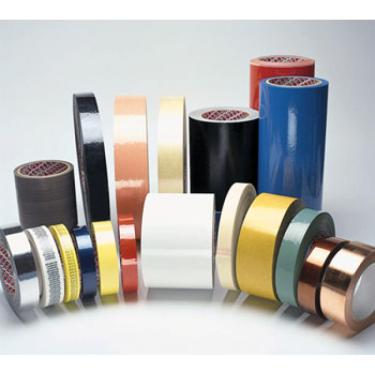Reading: Insulating materials are materials that are used to isolate conductive parts at different potentials, that is, materials that can block the flow of current. Its electrical conductivity is about 10-10 West/meter and its resistivity is very high, usually in the range of 10^9~10^22Ω·m.

The insulating material is a material for isolating the conductive portions of different potentials, that is, a material capable of blocking the flow of current. Its electrical conductivity is about 10-10 West/meter and its resistivity is very high, usually in the range of 10^9~10^22Ω·m.
Insulation materials can be divided into three major categories of gases, liquids, and solids according to their physical characteristics.
Commonly used gas-insulating materials are air, nitrogen, sulfur hexafluoride insulated PC film, and the like.
Commonly used liquid insulation materials mainly include mineral insulation oil, synthetic insulation oil (silicone oil, dodecylbenzene, polyisobutylene, isopropylbiphenyl, diarylethane, etc.).
The commonly used solid insulating materials can be classified into inorganic insulating materials, organic insulating materials, and mixed insulating materials according to their chemical properties.
First, inorganic insulating materials: mica, porcelain, asbestos, marble, glass, sulfur and so on. It is used for insulation of windings of motors and appliances, switchboards and insulators.
Inorganic solid insulation materials are mainly composed of silicon, boron and various metal oxides, mainly ionic structure, the main characteristics of high heat resistance, the working temperature is generally greater than 180 °C, good stability, resistance to atmospheric aging, resistance Chemical properties and long-term aging performance under the effect of an electric field; but high brittleness, low impact strength, high pressure and low tensile strength; poor processability.
Second, organic insulation materials: rubber, resin, shellac, cotton yarn, linen, silk, rayon and so on. For the manufacture of insulating paint, winding wire outer insulation.
Organic materials are generally polymers with an average molecular weight of between 104 and 106, and their heat resistance is usually lower than that of inorganic materials. Materials containing aromatic rings, heterocyclics, and silicon, titanium, and fluorine are more heat resistant than general linear polymer materials.
Third, mixed insulation material: Formed insulation material processed by two kinds of insulation materials. For electrical base, shell and so on.
The insulating properties of insulating materials are closely related to temperature. The higher the temperature, the poorer the insulating properties of the insulating material. In order to ensure the insulation strength, each insulation material has a proper maximum allowable working temperature below which it can be used safely for a long period of time, and if it exceeds this temperature, it will rapidly age. According to the degree of heat resistance, the insulation material is classified into Y, A, E, B, F, H, and C grades. For example, the maximum allowable operating temperature of Class A insulation materials is 105°C. Most of the insulation materials used in distribution transformers and motors are Class A.
The level of research and development of insulating materials is one of the keys to restricting the development of electrical technology. From the perspective of future trends, it is required to develop high-voltage, heat-resistant insulation, solvent-free pollution-free insulation, composite insulation, corrosion resistance, water resistance, oil resistance, cryogenic resistance, radiation resistance, and flame retardant materials, and to develop energy-saving materials. The focus is on the development of epoxy mica insulation systems for high-voltage large-capacity generators; F and H-level insulation systems for small and medium-sized motors; sulfur hexafluoride gaseous media for high-voltage transmission and transformation equipment; and new types of chlorinated biphenyls. Non-toxic synthetic media; high-performance insulating oil; composite paper composite insulation; flame-retardant rubber and plastic materials and surface protection materials, etc., and at the same time it is necessary to actively accelerate the replacement of insulation materials for traditional electrical equipment.
brand vape pen, famous disposable vape brand, smok
Shenzhen Xcool Vapor Technology Co.,Ltd , https://www.szxcoolvape.com
